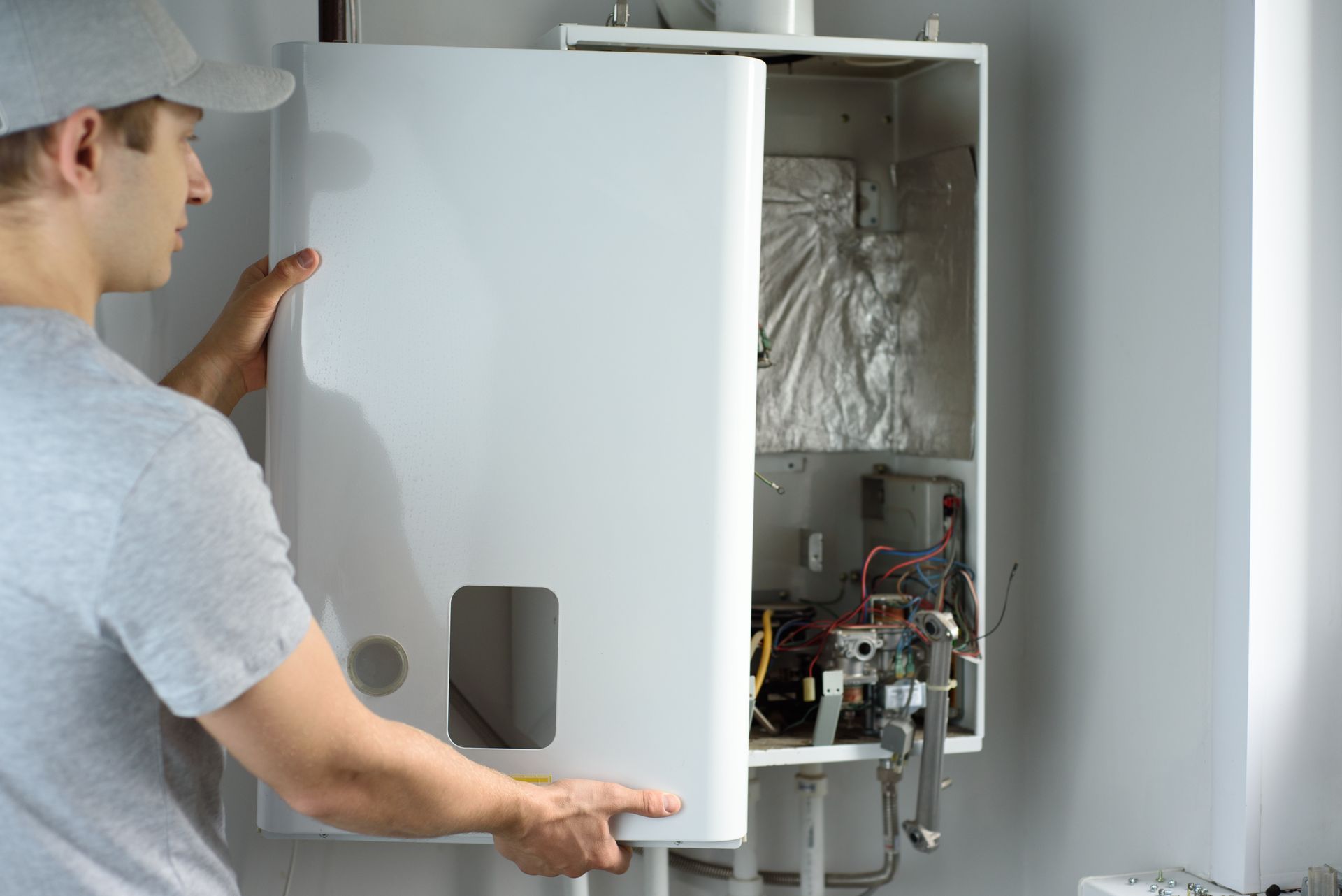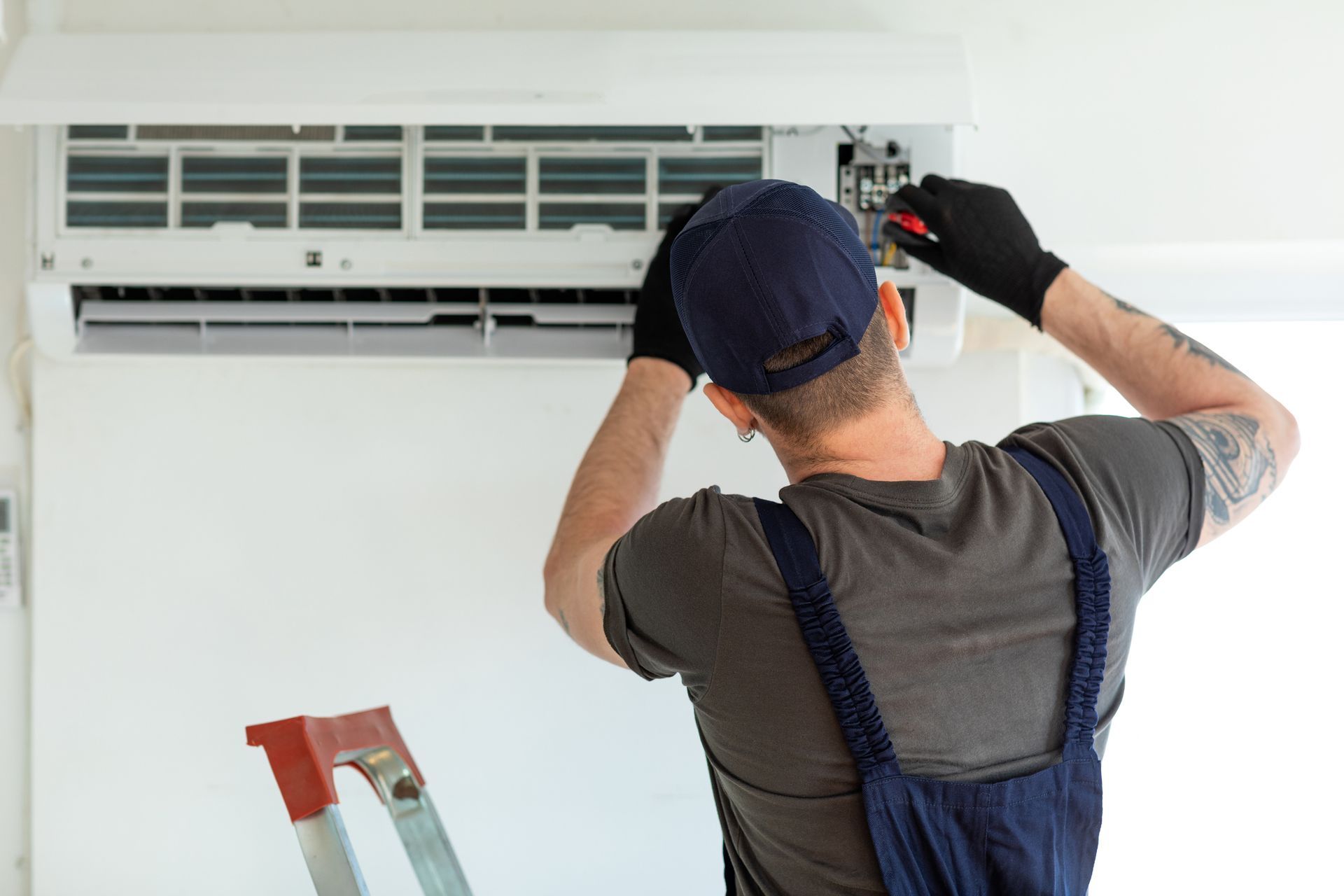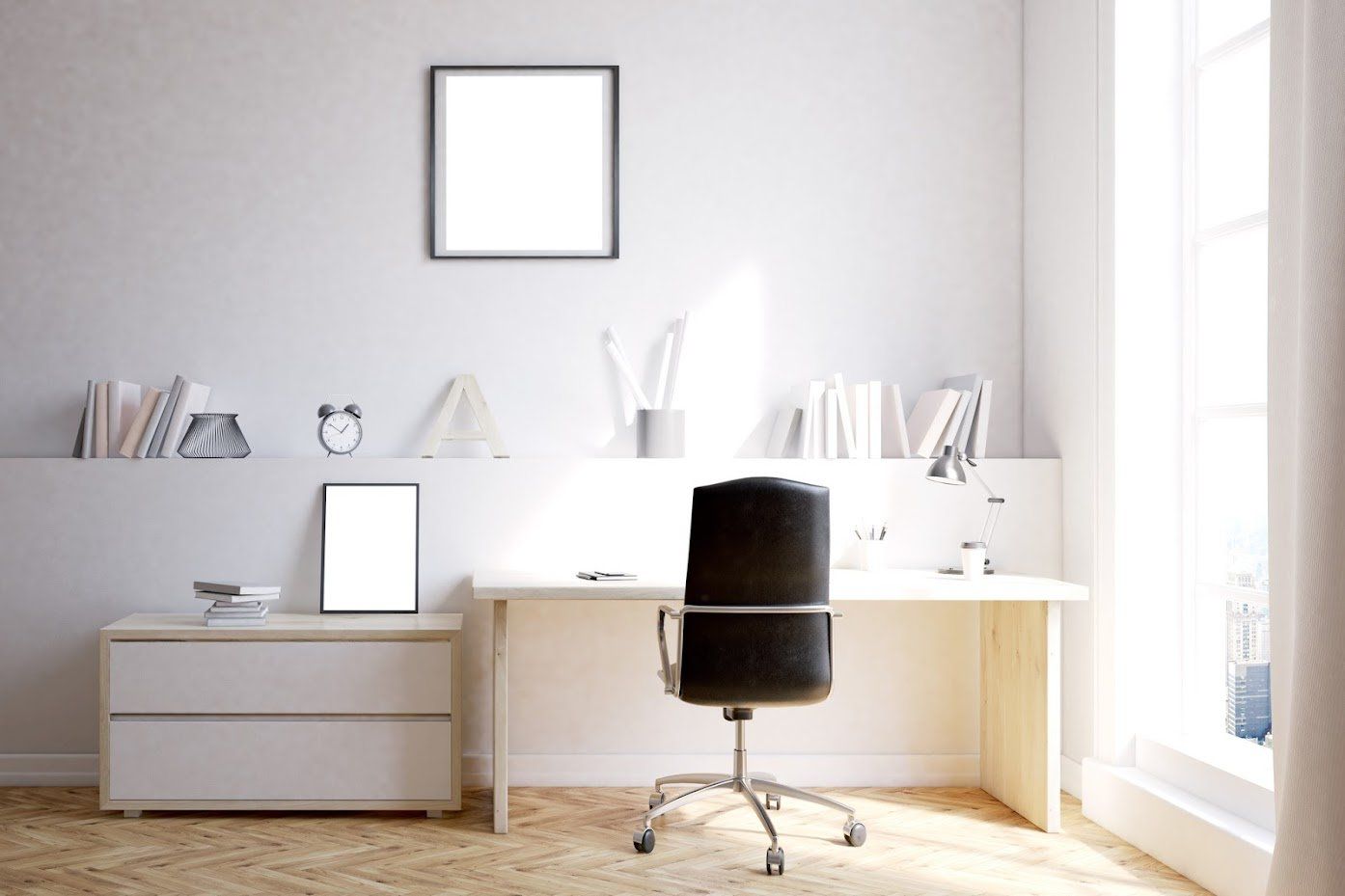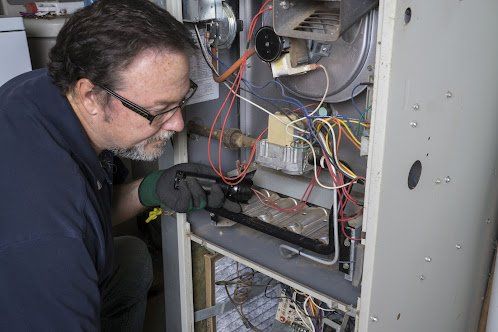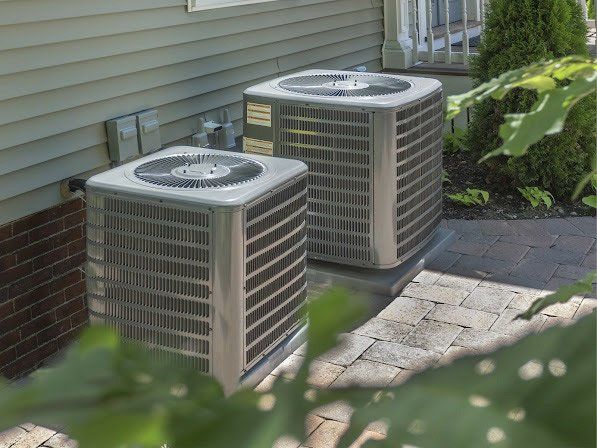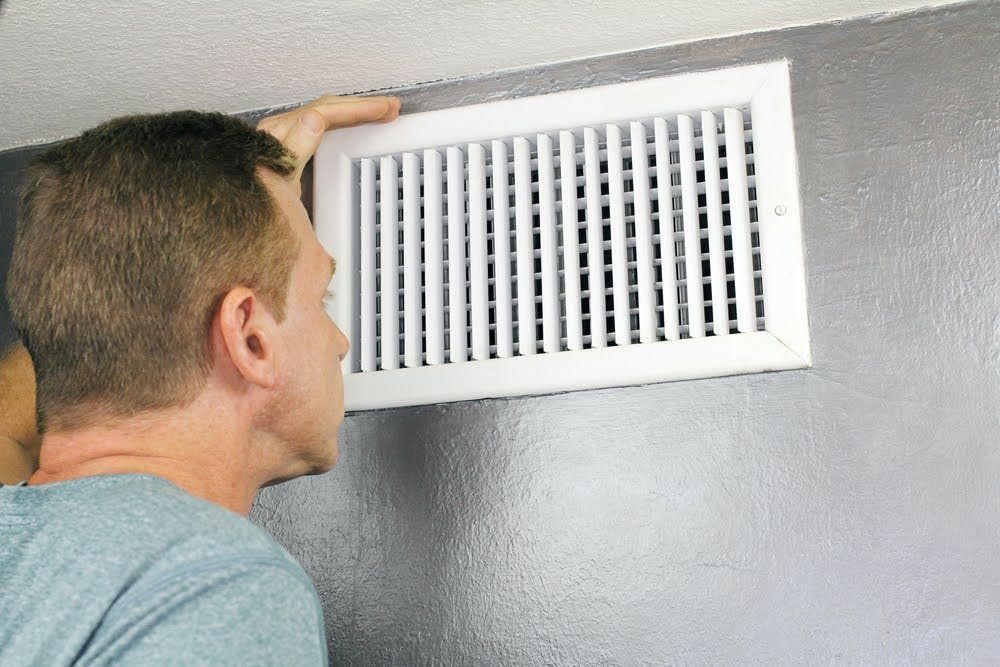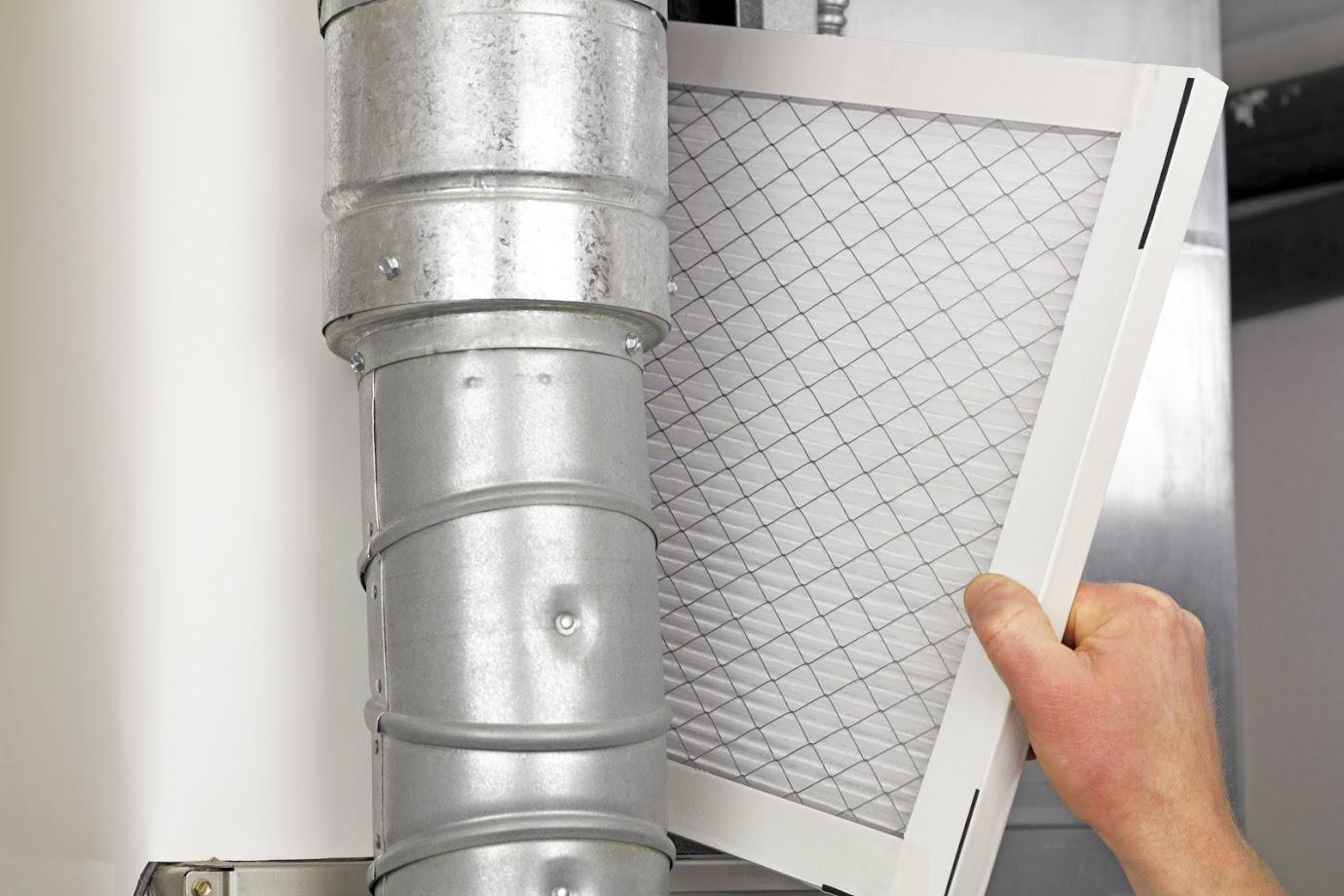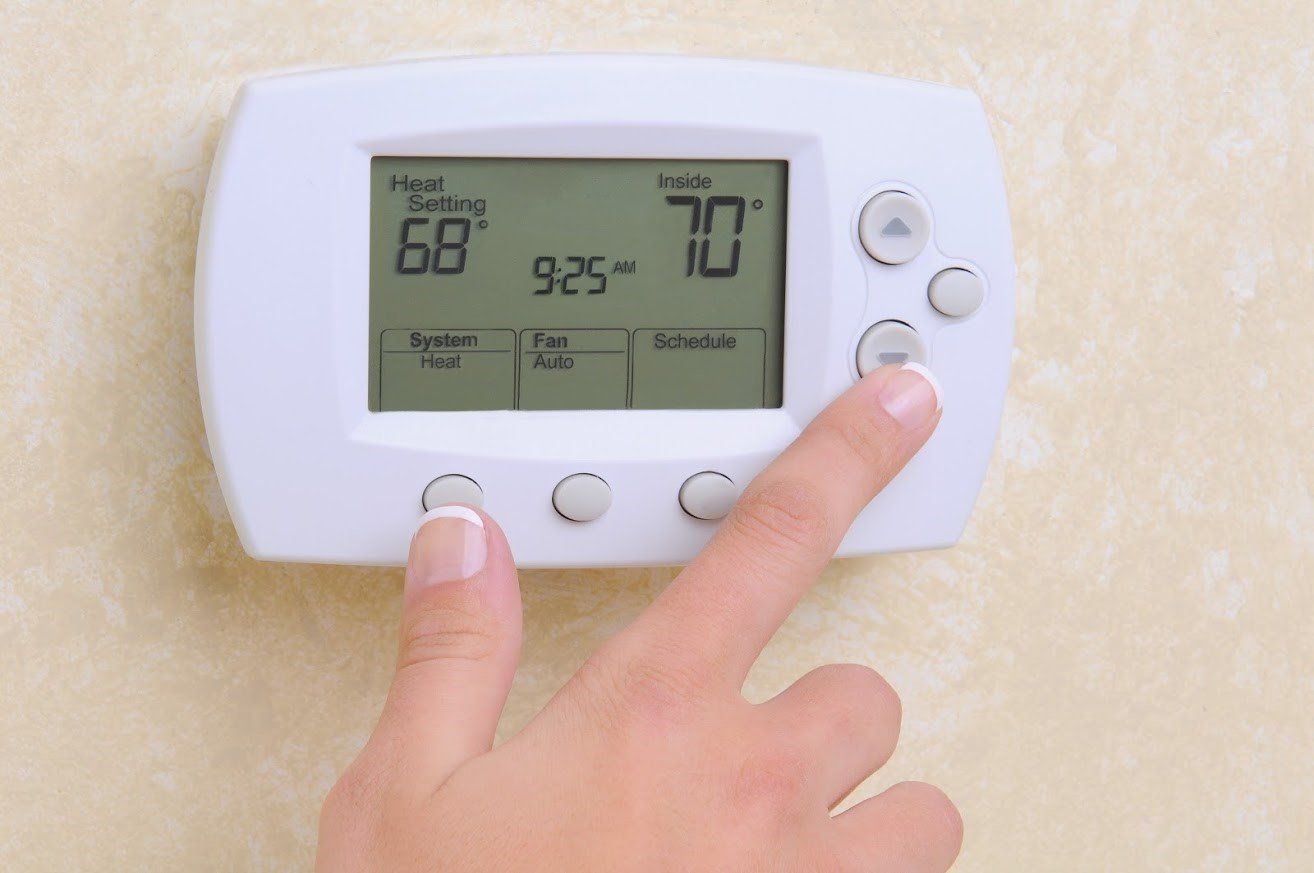Cold Room? What You Need to Know
November 20, 2019
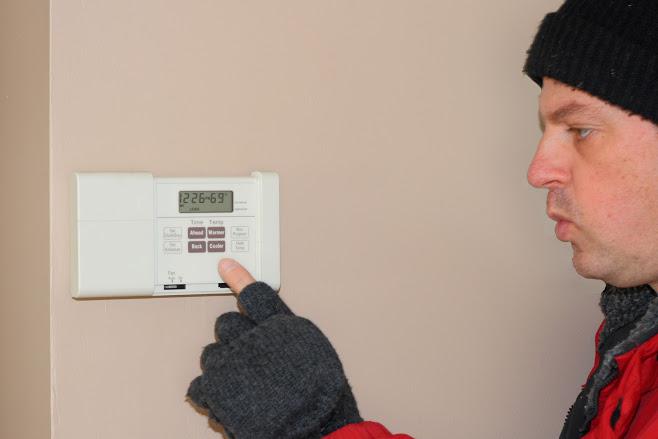
When you turn up your thermostat, you expect your entire home to warm up evenly. It can be frustrating when one room stays much colder than the rest of the house, especially if it is a room that you spend a lot of time in. Determine the cause and a solution will present itself so that you can be comfortable in every part of your home.
Air Flow Issues
Air flow problems can prevent warm air from properly reaching the cold room, thus resulting in inadequate heating.
Obstructed Vents
Heat vents tend to be located near or on the floor, which allows the hot air to rise into the room. Intake vents are typically located higher up so they can pull in the cooling air to recirculate it.
Floor vents are more likely to become blocked by furniture or drapes, so first verify that all these vents are open and unblocked. Intake vents are not typically blocked, but they may be closed; opening them may solve the problem.
Dirty Filters
A dirty filter can also restrict air flow. The result is poor heating in the rooms farthest from the furnace and less efficient heating overall. There is no hard and fast rule for how often a filter needs to be changed, as a filter can last for up to six months depending on the manufacturer's recommendation and factors within your home. Check the filter monthly, and if it appears gray or dirty, then change it.
Duct Issues
A disconnected or damaged duct leading into the problem room can also be the culprit when it comes to poor heating in a single location. If you have access to your ducts, such as via the basement or a crawlspace, you may be able to track down the problem and reconnect the ducts on your own. Otherwise, an HVAC contractor can use a duct camera to check for issues and develop a repair plan.
Environmental Factors
Every room in your home may be different in terms of exposure and other outside factors, so keep them in mind when trying to solve a cold room problem.
Inadequate Insulation
If the room has an outside wall, poor insulation could be the problem. Feel the wall to see if it is colder to the touch compared to the outside walls in rooms that are heating adequately. If so, then you may need to consider having more insulation added to that room. Poorly insulated older windows or failing window seals can also result in a room remaining cooler than the rest of the house.
Thermostat Placement
In rooms with individual temperature controls, the placement of the thermostat can have a major affect on the temperature in the room.
If the thermostat is near something that puts off heat, such as behind a refrigerator, next to a computer tower, or close to an incandescent light, then the reading is thrown off and the room may not warm to the desired temperature. An HVAC technician can move the thermostat to a better location.
Exposure Issues
Sometimes a room is colder simply because of it's exposure. Rooms located on the north side of the house or the side most exposed to winter winds may cool down more quickly compared to rooms in other locations. Installing wind breaks outside, such as trees or fencing, may help.
An upgrade to your interior heating, such as installing zoned heating or a radiant option for the colder rooms, is another solution.
If you suspect you have one of the above issues, or simply that it is time to upgrade your furnace, then contact Northwest Heating & Air Conditioning Inc. for more help.


